Home>Articles>How To Keep Stray Cats From Peeing On My Porch
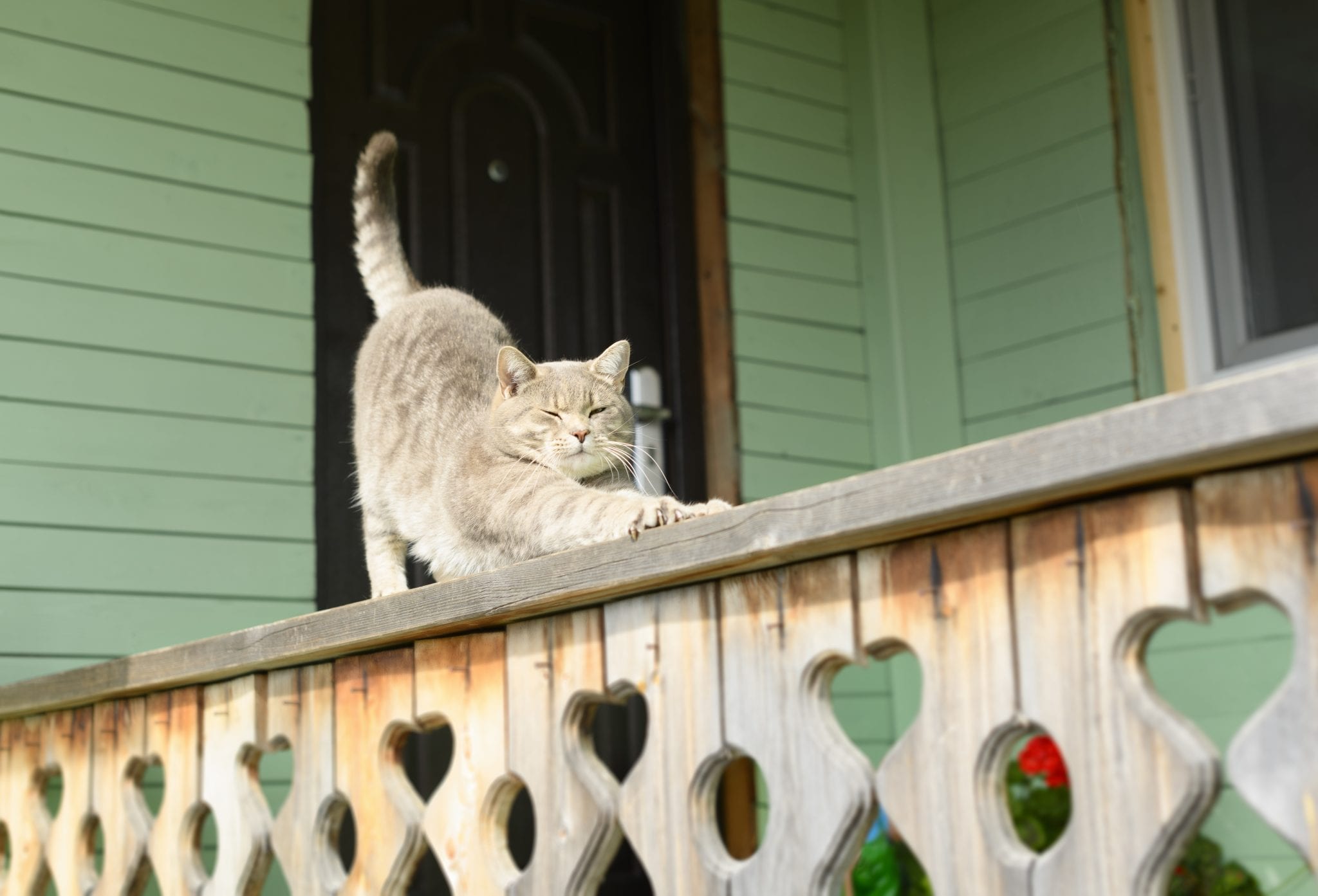

Articles
How To Keep Stray Cats From Peeing On My Porch
Modified: October 27, 2024
Learn effective ways to prevent stray cats from peeing on your porch with informative articles. Find practical solutions to keep your porch clean and cat-free.
(Many of the links in this article redirect to a specific reviewed product. Your purchase of these products through affiliate links helps to generate commission for Storables.com, at no extra cost. Learn more)
Introduction
Welcome to our comprehensive guide on how to keep stray cats from peeing on your porch. Stray cats are curious creatures, and for various reasons, they may be drawn to your porch as a potential territory or a spot for marking their territory. Dealing with the strong smell and unsightly stains left behind can be frustrating and unpleasant for homeowners.
In this article, we will explore the reasons why stray cats choose porches as their designated pee spots and provide you with effective solutions to prevent them from doing so. By understanding the root causes of this behavior and implementing the right deterrents, you can reclaim your porch as a clean and welcoming space.
To successfully resolve this issue, it’s important to remember that stray cats are not purposely targeting your porch out of malice but rather because of instinctual behaviors or environmental factors. By approaching this problem with empathy and focusing on humane solutions, we can find a resolution that benefits both the cats and the homeowners.
Before we delve into the various strategies to keep stray cats away from your porch, let’s gain a better understanding of why they choose porches as their preferred pee spots.
Key Takeaways:
- Understanding the root causes of stray cats peeing on porches is crucial for effective deterrence. Addressing issues like lack of spaying/neutering and food sources can help create a less appealing environment for stray cats.
- Implementing humane deterrents, such as natural repellents and motion-activated devices, can effectively discourage stray cats from marking porches. Providing alternative designated areas and seeking professional help are key in managing the stray cat population.
Read more: How To Keep Cats From Spraying On My Porch
Understanding why stray cats pee on porches
There are several reasons why stray cats may choose your porch as their designated spot for urination. By understanding these reasons, we can better address the issue and implement effective deterrents.
Marking territory: One of the primary reasons stray cats pee on porches is to mark their territory. Cats have scent glands in their paws, so when they scratch or urinate in a specific area, they leave behind pheromones that act as a territorial marker. This behavior is particularly common in unneutered males, as their urine contains hormones that signal their presence to other cats.
Seeking food and shelter: Stray cats are often in search of food and shelter, and porches can provide both. If you or your neighbors feed cats outdoors, they may see your porch as a food source and return regularly to visit. Additionally, porches may offer protection from the elements or other predators, making them an attractive spot for strays to seek shelter.
Unfamiliar scents or territory: Stray cats are naturally wary of unfamiliar scents and territories. If a previous stray or unfamiliar cat has marked your porch, it can trigger a response from other strays in the area. They may feel the need to assert their presence by urinating on the same spot or nearby areas.
Stress or anxiety: Cats, both stray and domesticated, can experience stress and anxiety. Changes in their environment, such as the presence of new pets or humans, loud noises, or construction work, can trigger stress responses. Urinating on porches may be a way for cats to alleviate their anxiety by marking their territory or exercising control over their surroundings.
Lack of suitable alternatives: Stray cats may not have access to suitable litter boxes or designated areas for elimination. If there are no accessible options, they may resort to using porches as a substitute. This is particularly true for stray cats that have not been socialized or accustomed to indoor living.
Now that we have an understanding of why stray cats choose porches as their preferred peeing spots, it’s time to explore effective solutions to deter them from returning to your porch.
Identifying the root causes of stray cats peeing on porches
Before implementing deterrents to keep stray cats from peeing on your porch, it’s essential to identify the root causes behind their behavior. By understanding the underlying issues, you can take targeted steps to address them and prevent the problem from recurring.
Lack of spaying or neutering: Unneutered male cats are more likely to engage in territorial marking behavior. Their urine contains hormones that communicate their presence to other cats. If there are unneutered stray cats in your neighborhood, they may be drawn to your porch as a potential marking spot. Encouraging spaying and neutering programs can help reduce the overall population of stray cats and minimize their territorial instinct.
Lack of suitable elimination areas: Stray cats may not have access to proper elimination areas, such as litter boxes. Without a designated spot for urination, they may choose porches as a substitute. Providing alternative areas for cats to eliminate, such as sand or soil patches in a secluded area of your yard, can redirect their behavior away from your porch.
Presence of food or water sources: If you or your neighbors regularly feed stray cats outdoors, they may associate your porch with a food source. Cats have a keen sense of smell and can quickly find places where food is available. Removing accessible food and water sources from your porch can discourage stray cats from frequenting the area.
Unfamiliar scents or markings: Stray cats may be attracted to your porch if they detect the scent or markings of other cats. It’s essential to clean any urine stains or spray with an enzymatic cleaner to eliminate odors that may attract them. By removing these scents, you can reduce the likelihood of stray cats returning to mark their territory.
Environmental stressors: Changes in the environment, such as loud noises, construction work, or the presence of new pets, can stress out stray cats and trigger marking behavior. Identifying and addressing these stressors can help alleviate the urge for cats to mark your porch.
Interaction with other animals: Stray cats may become more territorial or anxious if they encounter other animals, such as neighboring pets, in the vicinity of your porch. If there are frequent conflicts or instances of intimidation, consider creating physical barriers or using deterrents to prevent stray cats from approaching your porch.
By identifying the root causes of stray cats peeing on porches, you can take proactive measures to address each issue effectively. In the next section, we will discuss various deterrents and strategies to keep stray cats away from your porch.
Implementing effective deterrents for stray cats
Now that you understand the reasons why stray cats may be drawn to your porch and urinate there, it’s time to implement effective deterrents to prevent them from returning. These deterrents focus on making your porch less appealing to stray cats and creating alternative options for them to eliminate. Here are five strategies to consider:
-
Maintaining a clean and odor-free porch
Stray cats are attracted to areas that already have the scent markings of other cats. By regularly cleaning your porch and eliminating any urine or spray marks, you can discourage stray cats from returning. Use an enzymatic cleaner specifically designed to eliminate pet odors.
-
Read more: How To Keep Cats Off My Porch
Using natural repellents
Natural repellents can be effective in deterring stray cats from your porch. Some examples include citrus peels, coffee grounds, lavender oil, or vinegar. Cats dislike the strong smells of these substances, making your porch less appealing to them. Place them strategically around your porch or create a barrier using them.
-
Installing motion-activated devices
Motion-activated devices, such as sprinklers or ultrasonic deterrents, can startle stray cats when they approach your porch. The sudden noise or burst of water can be enough to deter them from returning. Install these devices in areas where cats typically access your porch to create an effective boundary.
-
Providing alternative designated areas for cats
Creating alternative areas for cats to eliminate can redirect their behavior away from your porch. Set up a quiet area in your yard with loose soil or sand, away from your porch, and encourage cats to use it by sprinkling some catnip or burying a few drops of their own urine in the area. Regularly maintain and clean this designated spot to encourage consistent use.
-
Seeking professional help or support from animal welfare organizations
If the issue persists or you’re unable to manage it on your own, consider reaching out to professional humane pest control services or animal welfare organizations in your area. They can provide expert guidance, trapping services, and assistance in finding suitable long-term solutions for stray cats in your neighborhood.
Remember, it’s crucial to approach the issue of stray cats with empathy and seek humane solutions. Avoid using harmful or inhumane methods that may cause distress or harm to the cats. By implementing these deterrents and providing alternative options, you can create a porch that is less appealing to stray cats and encourage them to seek alternative spaces for elimination.
In the next section, we’ll conclude our guide and summarize the key points to remember when dealing with stray cats on your porch.
Read more: Why Does My Cat Keep Peeing In The Bathtub
Maintaining a clean and odor-free porch
Keeping your porch clean and free from any lingering odors is one of the first steps in deterring stray cats from urinating on it. Stray cats are attracted to areas that already have the scent markings of other cats, as they perceive it as a territorial invitation. By maintaining a clean and odor-free porch, you can discourage stray cats from returning and marking your property.
To effectively maintain a clean porch, follow these steps:
- Regularly clean the area: Sweep away any debris, leaves, or dirt that may accumulate on your porch. Use a broom or a leaf blower to keep the area clean and free from any potential attractants for stray cats.
- Eliminate urine stains and odors: Use an enzymatic cleaner specifically designed for pet odors to remove any existing urine stains or odors from your porch. These cleaners are effective in breaking down the organic compounds in urine, eliminating the smell that can attract stray cats back to the area.
- Consider power washing: If you have stubborn stains or odors on your porch, power washing can be a more thorough cleaning option. Make sure to use a mild detergent suitable for the surface material of your porch and follow all safety guidelines while operating the power washer.
- Seal any cracks or crevices: Inspect your porch for any cracks or crevices where stray cats can hide or enter. Seal these openings to prevent cats from accessing or taking refuge on your porch. This also helps in minimizing potential areas for them to mark.
- Remove food and water sources: Stray cats are attracted to areas that provide food and water. Make sure to remove any accessible food or water sources from your porch, such as spilled pet food or open containers. By eliminating these incentives, you decrease the chances of attracting stray cats to your porch.
By consistently maintaining a clean and odor-free porch, you create an environment that is less appealing to stray cats. This reduces the likelihood of them choosing your porch as a spot for urination and helps encourage them to find alternative areas for elimination.
Remember, prevention is key when it comes to deterring stray cats. By implementing the strategies outlined in this guide and maintaining a clean porch, you’ll be well on your way to reclaiming your outdoor space and enjoying a porch free from unwanted urine markings.
Next, we’ll explore the use of natural repellents as another effective deterrent for stray cats on your porch.
Using natural repellents
Using natural repellents is an effective and humane way to deter stray cats from your porch. Cats have a highly developed sense of smell, and certain scents can be irritating or unpleasant to them. By utilizing natural repellents, you create an environment that is unappealing to stray cats, encouraging them to avoid your porch altogether.
Here are some natural repellents you can try:
- Citrus peels: Cats dislike the strong citrus scent of fruits like oranges, lemons, and grapefruits. Place orange or lemon peels around your porch or in strategic locations to discourage stray cats from approaching. Replace the peels regularly to maintain the scent.
- Coffee grounds: The smell of coffee grounds can help deter stray cats. Sprinkle used coffee grounds around your porch or in areas where cats tend to visit. Be sure to refresh the grounds periodically to maintain their effectiveness.
- Lavender oil: Cats are known to dislike the scent of lavender. Mix a few drops of lavender essential oil with water in a spray bottle. Spray the solution around your porch, focusing on areas where cats typically mark or visit. Be cautious not to oversaturate, as some cats may actually be attracted to strong floral scents.
- Vinegar solution: Create a mixture of equal parts vinegar and water in a spray bottle. Spray this solution around your porch or directly on areas where stray cats have marked. Cats are generally repelled by the strong acidic odor of vinegar.
When using natural repellents, it’s important to remember:
- Rotate the use of different repellents: Cats can become accustomed to specific scents over time. By rotating the use of different natural repellents, you increase their effectiveness in deterring stray cats from your porch.
- Reapply regularly: Weather conditions can diminish the effectiveness of natural repellents. Reapply them regularly, especially after rain or heavy winds, to ensure their continued efficacy.
- Consider plant deterrents: Some plants, such as coleus canina (also known as “scaredy cat” or “pee-off” plant), emit scents that are unappealing to cats. Planting them around your porch or in pots can act as a natural deterrent.
Remember, while natural repellents can be effective, they are not foolproof. Some cats may be less sensitive to certain scents or develop tolerance over time. If you find that natural repellents alone are not deterring stray cats from your porch, consider combining them with other deterrent methods outlined in this guide.
Next, we’ll explore the use of motion-activated devices as an additional deterrent option to keep stray cats away from your porch.
Installing motion-activated devices
Installing motion-activated devices is an effective and innovative way to deter stray cats from your porch. These devices utilize motion sensors to detect the presence of a cat and trigger a response that repels or startles them. By creating an unexpected stimulus, motion-activated devices can discourage cats from approaching your porch and marking it as their territory.
Here are a few motion-activated devices you can consider:
- Sprinklers: Motion-activated sprinklers are a popular choice for deterring cats. When a cat enters the area, the sensor is triggered, and the sprinkler sprays water, startling and deterring the cat. Set up the sprinkler in a strategic location near your porch, ensuring it covers the area the cats frequent the most.
- Ultrasonic repellents: Ultrasonic devices emit high-frequency sounds that are unpleasant to cats but inaudible to humans. When the motion sensor detects a cat’s presence, it activates the device, emitting the ultrasonic sound. This sound serves as a deterrent and prompts the cat to leave the area. Install ultrasonic repellents around your porch, facing the direction from which cats typically approach.
- Motion-activated lights: Cats are generally averse to bright lights. Installing motion-activated lights around your porch can startle and deter stray cats. When the motion sensor detects movement, the lights illuminate, creating an unwelcome environment for cats. Opt for brighter LED lights for better effectiveness.
When installing motion-activated devices, keep the following tips in mind:
- Position the devices strategically: Place the motion-activated devices in areas where cats usually access your porch or mark their territory. Aim them so that the sensor’s range covers the desired area without picking up movements outside of your property.
- Test and adjust the sensitivity: Most motion-activated devices come with adjustable sensitivity settings. Test and adjust these settings to ensure that the devices react to feline movements but are not triggered by other factors, such as small animals or falling leaves.
- Combine with other deterrents: Motion-activated devices work best when used in conjunction with other deterrents, such as natural repellents or designated elimination areas. The combination of multiple deterrent methods increases overall effectiveness.
While motion-activated devices can be highly effective in deterring stray cats from your porch, it’s important to use them responsibly and considerately. Ensure that the devices are safe for both cats and humans and that they do not cause any harm or distress to the animals.
Next, we’ll explore the importance of providing alternative designated areas for cats to eliminate, as part of effective deterrent strategies.
Providing alternative designated areas for cats
Providing alternative designated areas for cats to eliminate is a proactive way to redirect their behavior away from your porch. By creating alternative spots for cats to do their business, you can encourage them to use designated areas instead of your porch. This strategy helps address their natural instincts while preserving the cleanliness and integrity of your outdoor space.
Here are some steps to follow when providing alternative designated areas for cats:
- Select a suitable location: Choose a secluded area of your yard that is accessible to cats but away from your porch and other high-traffic areas. Consider creating a soft soil or sand patch that resembles the texture of loose soil or cat litter.
- Prepare the area: Clear the area of any debris, rocks, or vegetation that may obstruct the cats from using the designated spot. Cats prefer an easy-to-dig area, so ensure that the soil or sand is loose and not too compacted.
- Add attractants: Encourage cats to use the designated area by sprinkling some catnip or burying a few drops of their own urine in the spot. These attractants can signal to cats that this specific area is suitable for elimination.
- Regular maintenance: Keep the area clean and well-maintained by removing any waste promptly. Cats are more likely to continue using a designated spot if it is kept clean and free from odor. Consider covering the area with a layer of mulch or wood chips to help with odor absorption.
- Consider providing a litter box: If you live in an urban area with limited outdoor space, consider providing a litter box in a sheltered area, such as a covered patio or garage. Use a litter box with low sides for easy access and ensure regular cleaning to prevent odor buildup.
By providing alternative designated areas for cats, you offer them an appropriate place to eliminate while protecting your porch and maintaining cleanliness in your outdoor space. However, keep in mind that this strategy may take some time and reinforcement, as cats may need time to adjust their habits to the new designated spot.
Remember, consistency is key when implementing this deterrent strategy. It’s important to consistently maintain and monitor the designated area to ensure its effectiveness. By providing an alternative that mimics their natural instincts, you create a win-win situation: cats have a suitable place to eliminate, and your porch remains free from unwanted urine markings.
Next, we’ll discuss how seeking professional help or support from animal welfare organizations can assist in dealing with stray cats on your porch.
Place citrus peels or coffee grounds around the perimeter of your porch. Cats dislike the smell and will avoid the area.
Seeking professional help or support from animal welfare organizations
If you’ve tried various deterrent methods and are still struggling to keep stray cats from urinating on your porch, it may be time to seek professional help or support from animal welfare organizations. These professionals have the expertise to guide you in managing the stray cat population in your area and finding humane solutions that benefit both the cats and your porch.
Here are some options to consider:
- Humane pest control services: Contact a professional humane pest control service that specializes in dealing with stray cats. They can assess the situation, provide guidance, and offer trapping services to safely catch and remove stray cats from your property. It’s important to ensure that the pest control service you choose follows humane practices and aims to find suitable long-term solutions.
- Animal welfare organizations: Reach out to local animal welfare organizations or animal shelters in your area. They often have programs in place to assist with stray cat management. These organizations can provide advice on spaying and neutering, trap-neuter-return (TNR) programs, and connecting you with resources for stray cat adoption or relocating efforts.
- Neighborhood cooperation: Engage with your neighbors and form a cooperative effort to address the stray cat issue collectively. By pooling resources and collaborating with one another, you can find more effective strategies to deter stray cats from multiple properties and ensure a more comprehensive impact.
When seeking professional help or support from animal welfare organizations, it’s important to keep in mind the following:
- Have patience and persistence: Resolving the stray cat issue may take time and ongoing efforts. Be patient and persistent in implementing the recommended solutions and seeking assistance when needed.
- Follow local regulations: Familiarize yourself with local regulations concerning stray cats, feeding, and trapping. Ensure that you comply with any legal requirements when addressing the issue.
- Promote a humane approach: Always prioritize the well-being and humane treatment of the stray cats. Seek solutions that focus on spaying, neutering, and finding suitable long-term outcomes for the cats in your neighborhood.
By seeking professional help or support from animal welfare organizations, you can tap into valuable expertise and resources to effectively deal with the stray cat issue on your porch. Working together with professionals and fellow community members ensures a more comprehensive and empathetic approach to managing stray cats in a humane and responsible manner.
Next, we’ll conclude our guide and summarize the key points to remember when dealing with stray cats on your porch.
Conclusion
Dealing with stray cats peeing on your porch can be frustrating, but with the right approach, you can effectively deter them and reclaim your outdoor space. By understanding the reasons behind their behavior and implementing appropriate deterrent strategies, you can create a porch that is unappealing to stray cats while ensuring their well-being.
To summarize, here are the key points to remember:
- Maintaining a clean and odor-free porch can discourage stray cats from marking their territory.
- Using natural repellents with scents that cats dislike, such as citrus peels or coffee grounds, can deter them from approaching your porch.
- Installing motion-activated devices like sprinklers or ultrasonic repellents can startle and discourage stray cats from visiting your porch.
- Providing alternative designated areas, such as a secluded patch of sand or soil, redirects stray cats’ elimination behavior away from your porch.
- Seeking professional help or support from animal welfare organizations can provide valuable guidance in managing the stray cat population and finding humane solutions.
Remember, it’s essential to approach the issue with empathy and compassion. Stray cats are not intentionally causing harm, but are driven by instinctual behaviors or environmental factors. By using humane deterrents and considering long-term solutions like spaying and neutering programs, we can strive for a harmonious coexistence between humans and stray cats.
If your efforts to deter stray cats are not immediately successful, remain patient and persistent. Continue to adapt and combine different strategies until you find what works best for your situation.
Lastly, it’s important to recognize that stray cats have their place in our ecosystem. By promoting responsible pet ownership, supporting spaying and neutering initiatives, and fostering a caring community, we can make a positive difference in the lives of stray cats and our neighborhoods as a whole.
With patience, understanding, and proactive measures, you can successfully keep stray cats from peeing on your porch, creating a clean and welcoming outdoor space for yourself and your community.
Frequently Asked Questions about How To Keep Stray Cats From Peeing On My Porch
Was this page helpful?
At Storables.com, we guarantee accurate and reliable information. Our content, validated by Expert Board Contributors, is crafted following stringent Editorial Policies. We're committed to providing you with well-researched, expert-backed insights for all your informational needs.

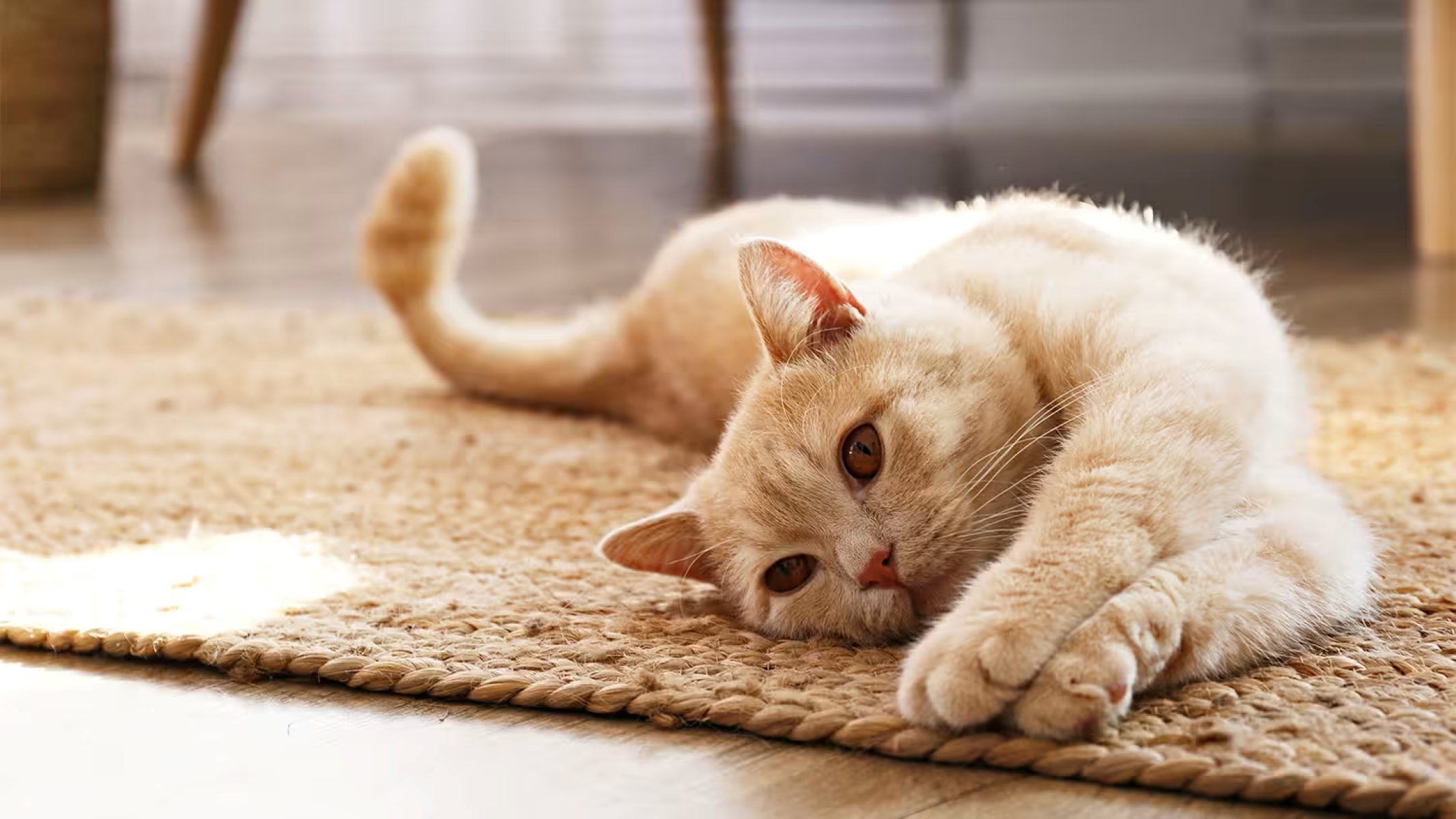
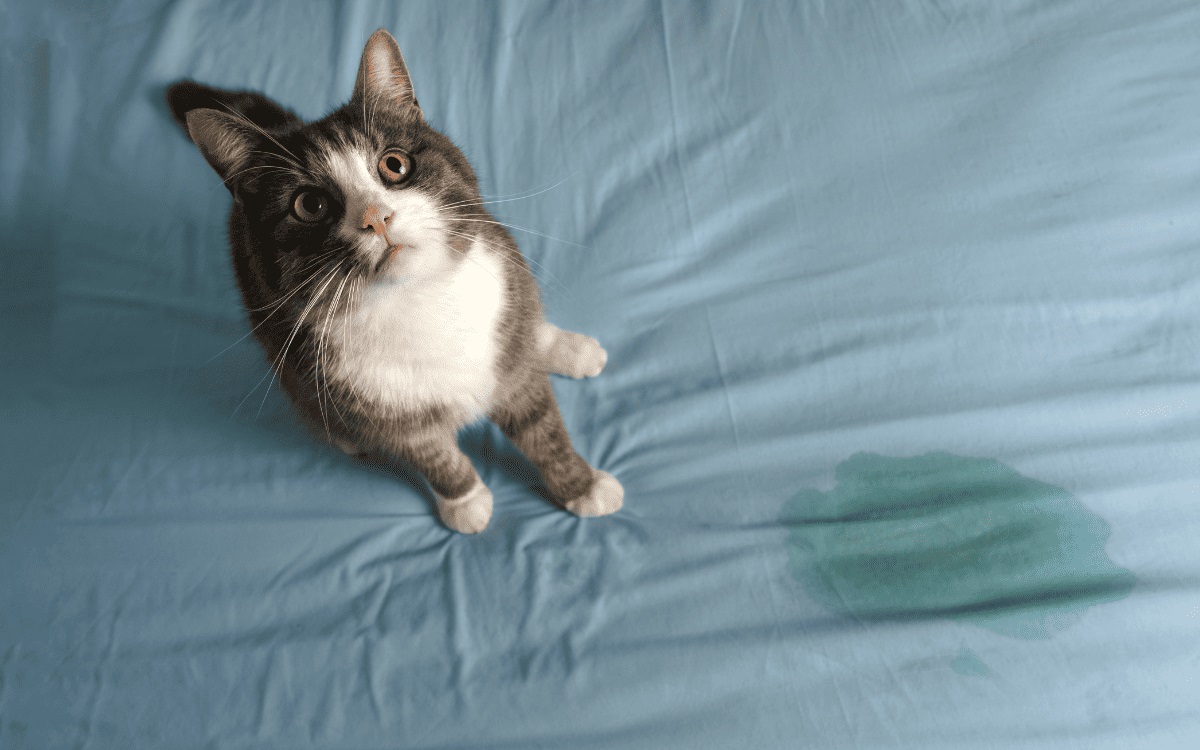
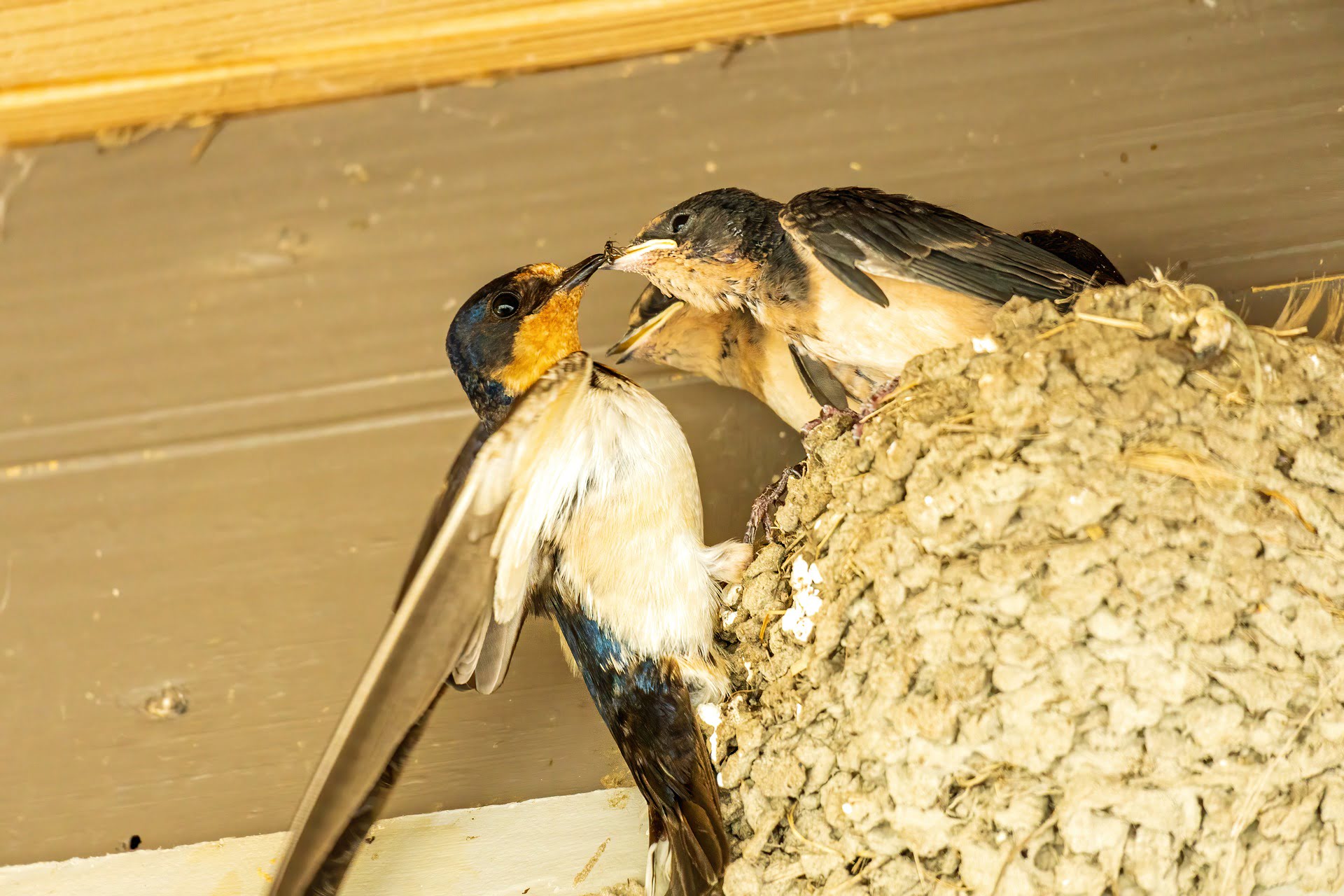
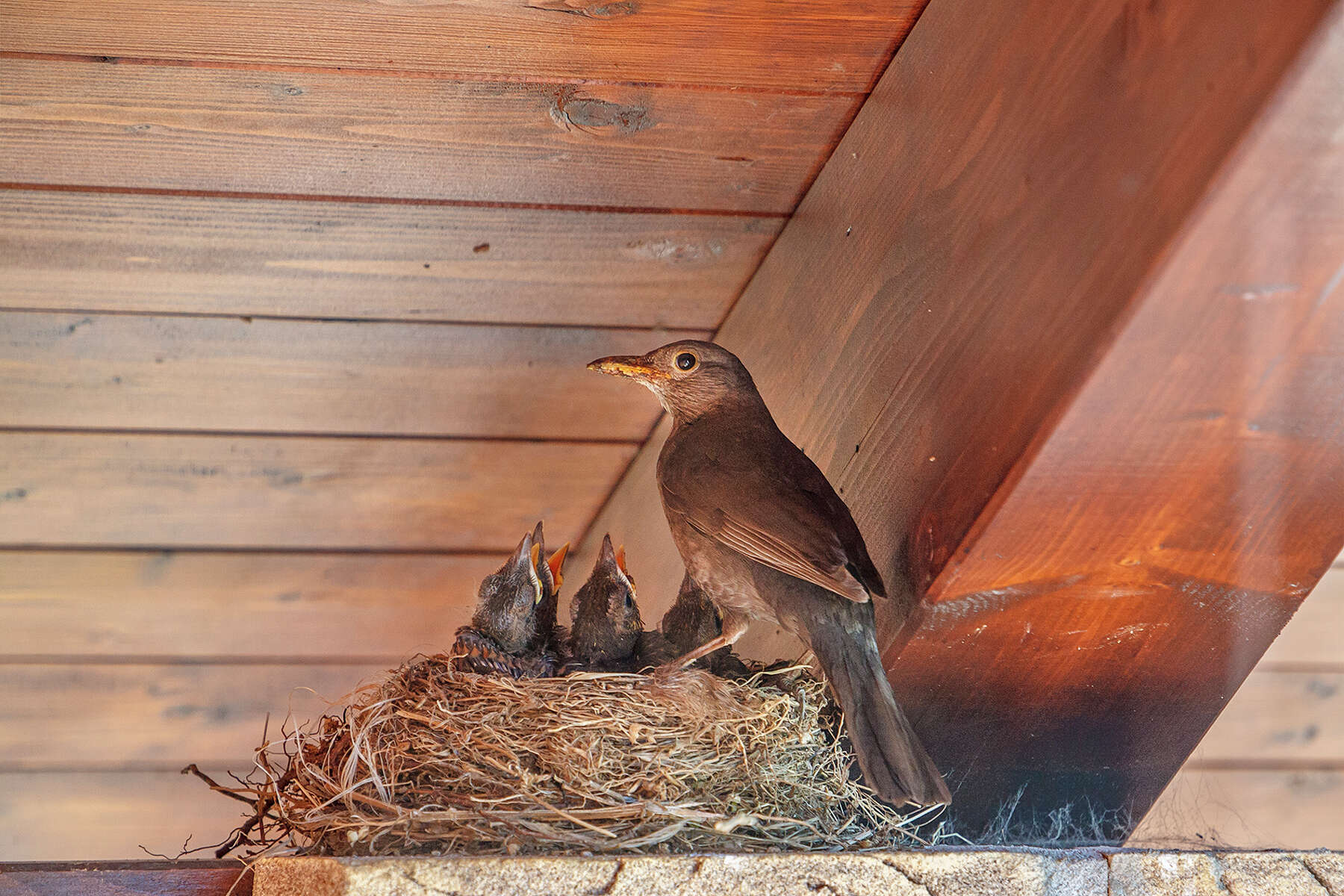
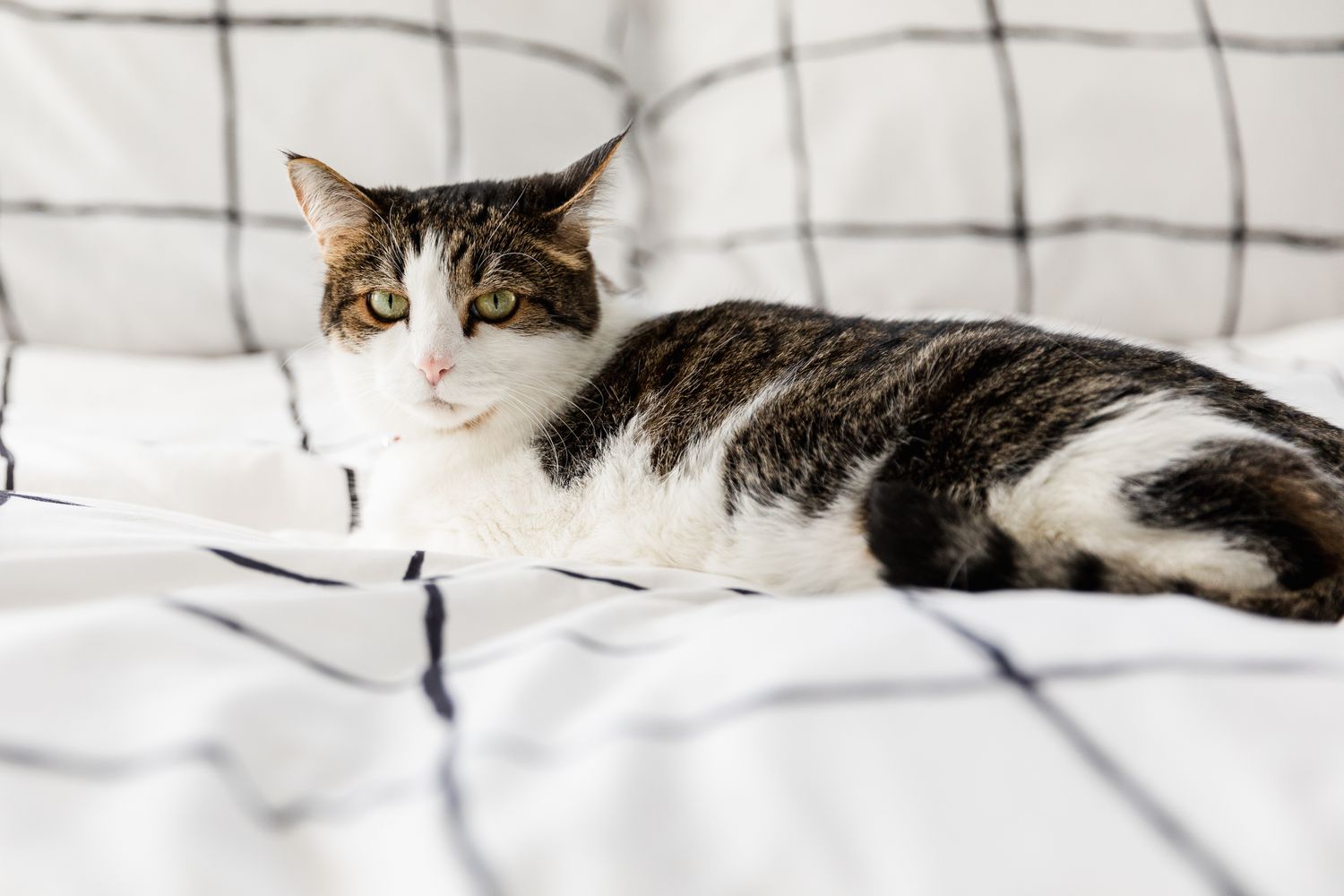
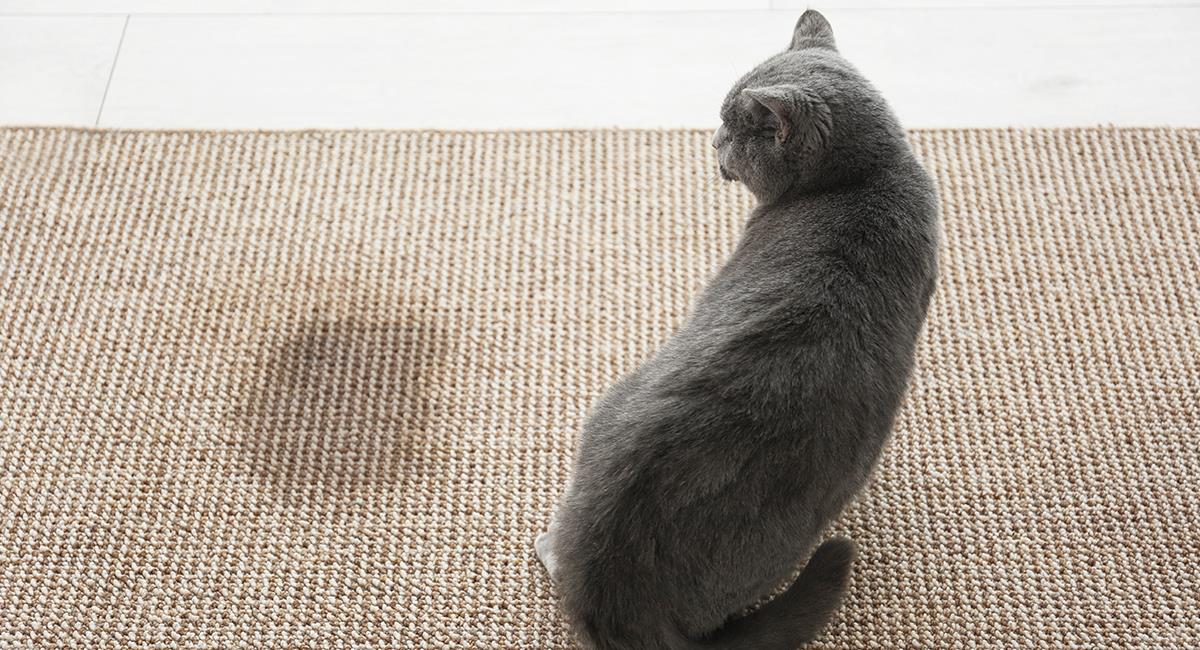

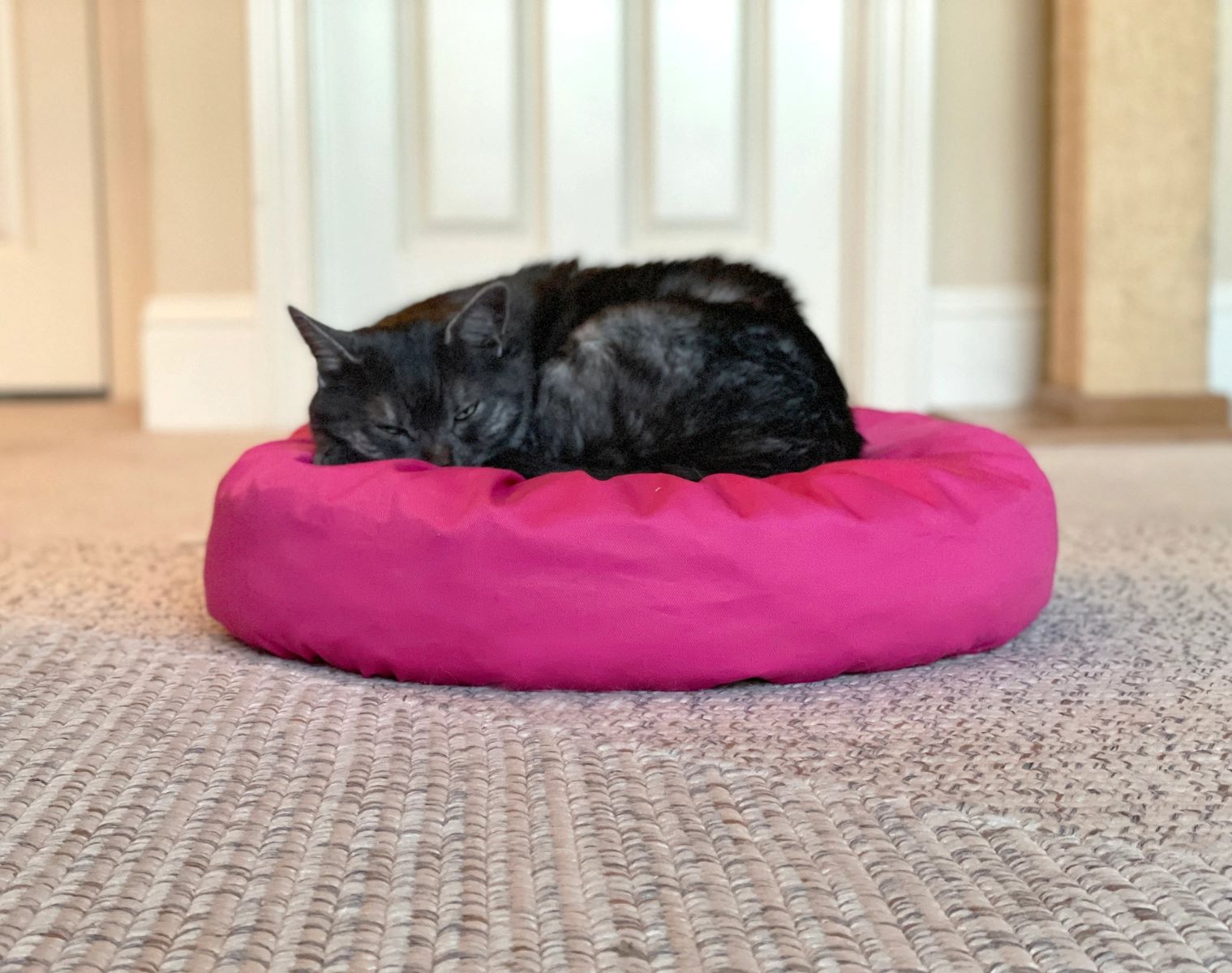
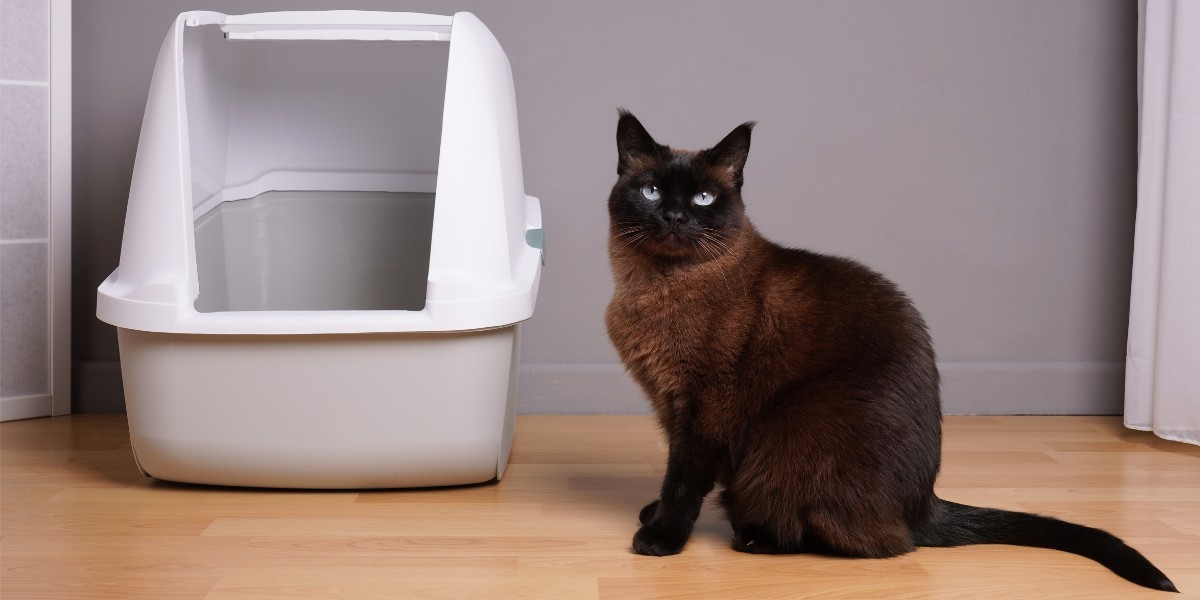

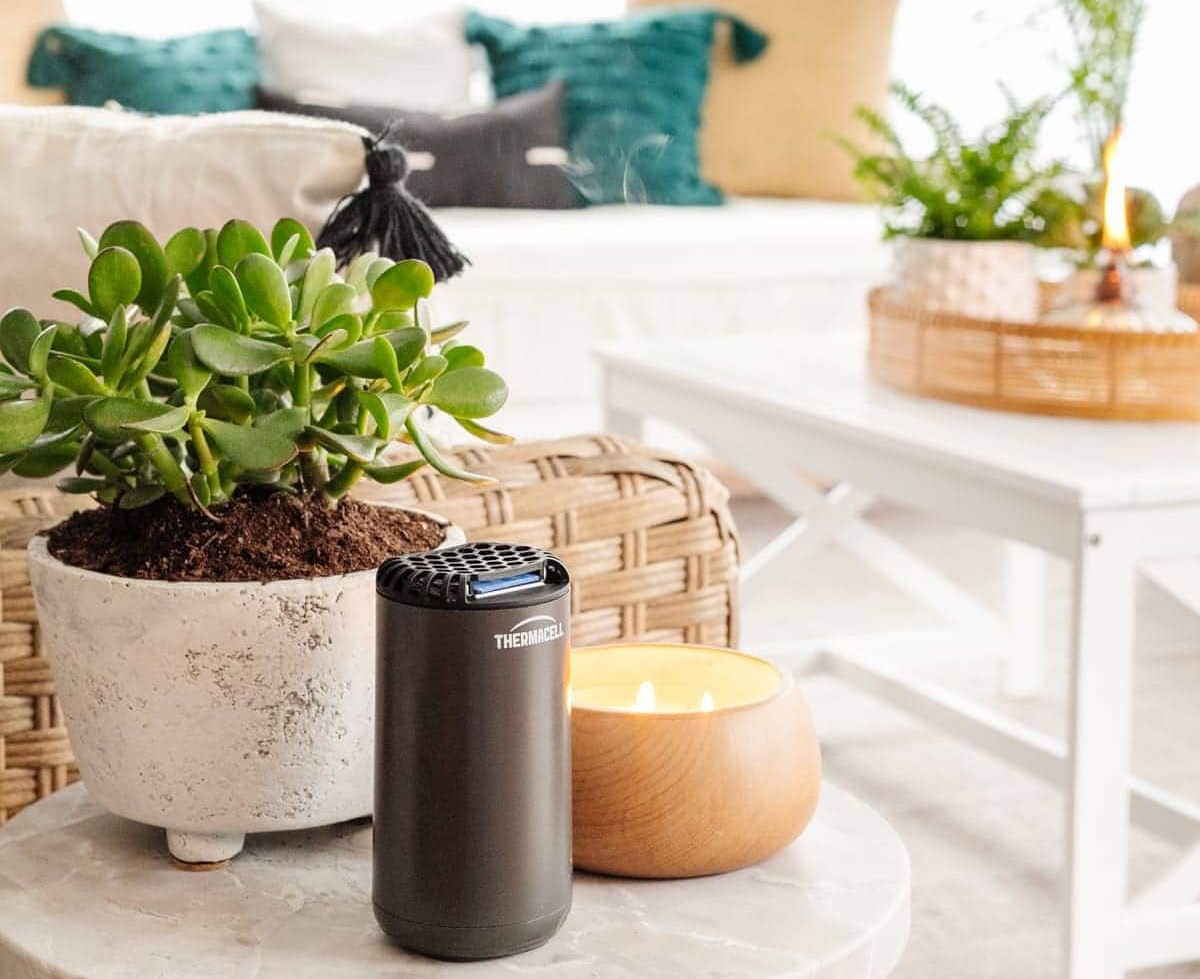

0 thoughts on “How To Keep Stray Cats From Peeing On My Porch”